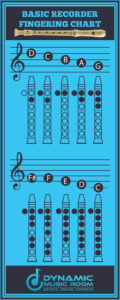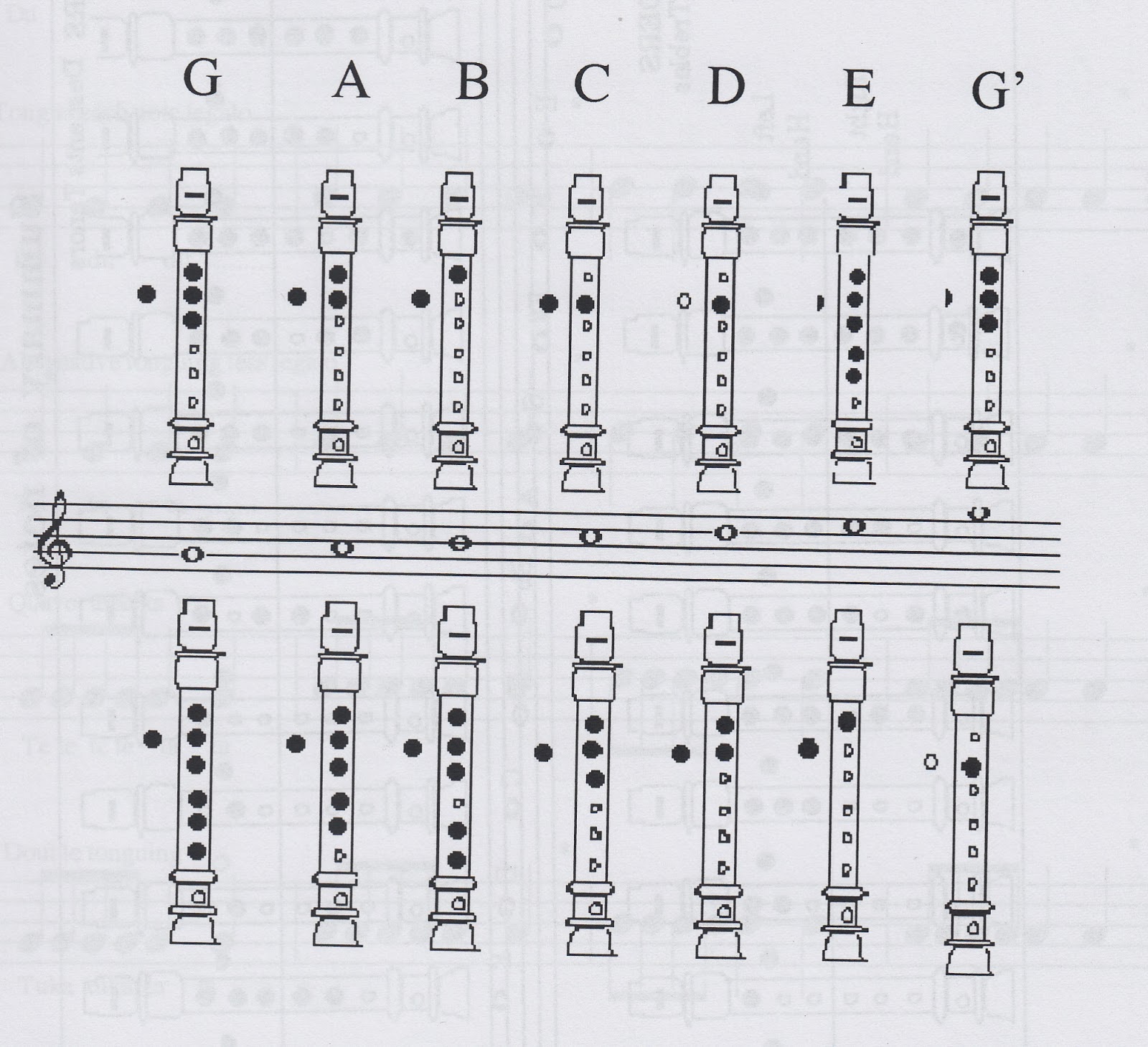
There are many books in print on the subject, ranging from casual sources of information for the armchair musician to ponderous scientific tomes bristling with calculus and impenetrable jargon. Please rest assured that we have no intention to provide a complete grounding in musical instrument acoustics. It is presented here for those visitors to our web site who might be curious as to exactly how and why we choose to custom-voice and custom-tune every recorder and other historical woodwind instrument sold by our workshop, as well as those who wish to improve the tuning and intonation in their own playing.įrom time to time we have found it necessary to delve into the seemingly forbidding realm of musical instrument acoustics for the benefit of our readers this would seem to be another one of those times. Green appeared in the February, 1990, issue of our customer newsmagazine Chrestologia. The following editorial by ASW director David H. There is time to go up later.Recorder Tuning and Intonation From the Director's Desk My recommendation is to GO DOWN after B, A, G. Those notes, and more, are learned in the intermediate volume, Beyond the Nine-Note Recorder Method.įinally, instruction is expanded to include high C and D in Parts 8 and 9 of the Nine-Note Recorder Method, when students are competent enough to handle the instrument with less physical contact.


Beginners should only learn the easiest notes to experience success B flat and low C are two very difficult notes, causing frustration. Those methods which use F natural must also teach B flat (and you thought F natural was tricky!) and low C (which makes producing low D look easy and is quite a stretch for little hands). Completely avoiding F natural, only F sharp is presented in The Nine-Note Recorder Method. Going down to E and D keeps more contact with the instrument, whereas high C and D have very little contact with the instrument causing a loss of control.Īfter thoroughly learning these 5 notes by playing many pentatonic songs, students have developed familiarity with the recorder, more dexterity, and more confidence. Students must be taught to aim their air stream low and to blow softly, as over-blowing will produce the tone an octave higher. The fingering is easy simply add the 3rd finger. By introducing low E as the next note, right-handed students more accepting of the correct hand placement. Right-handed youngsters resist playing recorder with the left hand on the top because they want to use their dominant hand. This involves the right hand very early in the course. In The Nine-Note Recorder Method, low E is presented next. Other instructors believe that the logical choice after B, A, G is to go down. Another big drawback is that students who continue with recorder must re-learn in the Baroque fingering system to play in an ensemble.

However, German recorders are not in tune. Some instructors choose German-fingered recorders rather than Baroque recorders to avoid the challenging F fingering. On soprano recorder, F is tricky to finger: forked (fingers 1, 3 and 4) for F natural or bunny-ears, or long horns, (fingers 2 and 3) for F sharp. Those who think going up to high C and D should be taught next have their reasons. But the debate rages over whether the next notes learned should be higher or lower. There is no question that recorder instruction begins with B, A, and G.


 0 kommentar(er)
0 kommentar(er)
